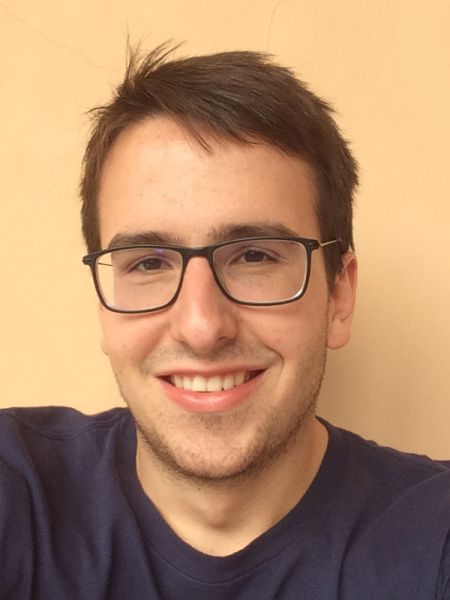Tobias Schaich

Tobias Schaich
Member of Pembroke College
PhD student in Prof Payne's group
Office: 511 Mott Bld
Phone: +44(0)1223 3 37261
TCM Group, Cavendish Laboratory
19 JJ Thomson Avenue,
Cambridge, CB3 0HE UK.

Research
I look at solutions to Maxwell's equations referred to as surface waves. These are electromagnetic waves that can propagate along the interface between two media with evanescent fields into each medium. A prominent example is the Sommerfeld wave which propagates at the interface between a conductor and a dielectric such as air. It can have very low attenuation with nearly no dispersion even at high frequencies. Therefore, it is a promising candidate for use in data transmission networks.
My research focuses on the deployment of surface waves in real world scenarios where it is subjected to external influences such as multiple surrounding dielectrics or weather. I strive to explain the behaviour of the system in these cases in simple analytic models, using perturbative and well established methods such as mode-matching. Furthermore, I investigate the behaviour of multiple surface waves and their interaction with other waveguide modes in particular the differential mode of a twisted copper pair. The aim of my research is to increase our understanding of the surface wave, where its limitations lie and how it can best be deployed as a functional transmission line.

In Plain English
When data is sent via cables, usually electromagnetic waves travel along the cable. A special type of wave, called a surface wave, requires only a single conductor and has very favourable characteristics for data transmission. In particular, only little energy is lost during transmission and so a lot of data can be sent along these conductors. However, it is still very unclear how the environment acts on these surface waves. It can potentially increase loss or have other adverse effects. I try to create models to understand the effect of the environment on surface waves and to better understand their behaviour in non-ideal situations.
Featured Publications
- Advanced Modeling of Surface Waves on Twisted Pair Cables: Surface Wave Stopbands IEEE Trans. Microw. Theory Techn. 70 2541-2552 (2022)
- Surface wave transmission line theory for single and many wire systems J. Appl. Phys. 130 194902 (2021)
- Dielectric-induced surface wave radiation loss Proc. R. Soc. A 476 20190859 (2020)
- Analytic modelling of a planar Goubau line with circular conductor Scientific Reports 10 20754 (2020)